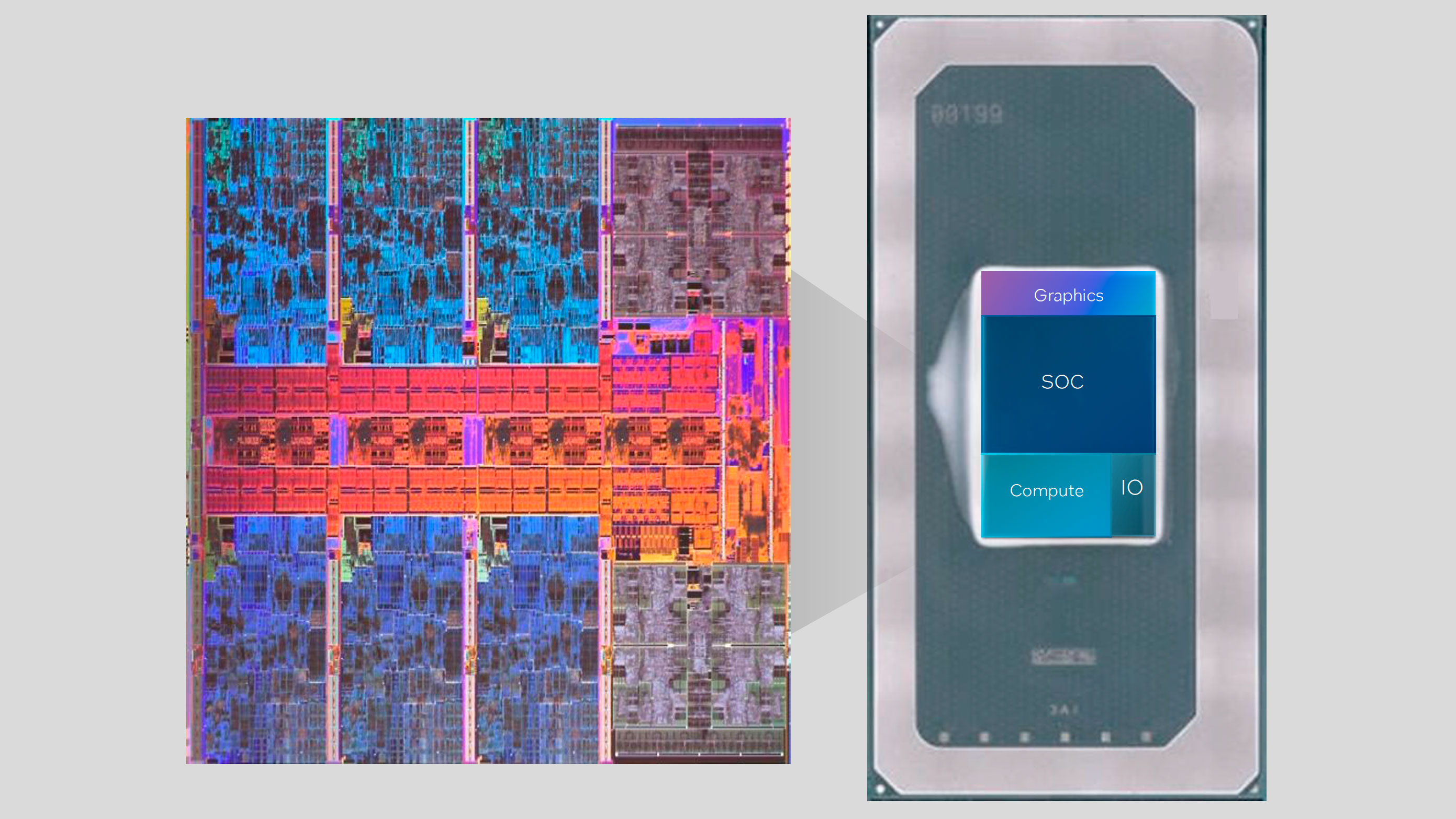
Arrow Lake desktop CPUs will apparently come with support for Thunderbolt 5, a first, per a leak of internal Intel papers courtesy of @yuuki_ans, a leaker with an impeccable track record. Although the hardware leaker has since deleted their post that contained screenshots of the documents, we saved them prior to their deletion.
The leaked documents included a look at the PCIe lane map for Arrow Lake, which includes an explicit mention of Barlow Ridge, the name of the Thunderbolt 5 controller that Intel introduced last September. Barlow Ridge is equipped with four PCIe 4.0 lanes, giving it 80Gbps worth of bandwidth in both directions, twice that of both Thunderbolt 3 and Thunderbolt 4. Additionally, Barlow Ridge can do 120Gbps in one direction and 40Gbps in another for special circumstances where that would improve performance.

This will be the first time Thunderbolt 5 comes to desktops and the second generation of CPUs it appears in. Currently, Thunderbolt 5 is only present in certain Raptor Lake HX-equipped laptops where manufacturers have opted to install a Barlow Ridge chip. It's not completely clear if Barlow Ridge will be integrated into Arrow Lake CPUs themselves, or will be featured on certain motherboards.
The PCIe lane map also indicates that Intel has increased the amount of PCIe 5.0 lanes, bringing the total up to 20. This is an important number because it means Arrow Lake desktops can fully populate all PCIe lanes on a GPU and an SSD at the same time. Current generation Raptor Lake CPUs offer only 16 PCIe 5.0 lanes and four PCIe 4.0 lanes while a GPU uses 16 lanes, and an SSD uses four.
When a user installs both a GPU and a PCIe 5.0 SSD into a 12th, 13th, or 14th Gen PC, it forces those two parts to share those lanes. The SSD will get the full four lanes it needs, while the GPU gets just eight of the 12 remaining lanes, with four going unused (or for another PCIe 5.0 SSD). With PCIe 5.0 GPUs on the horizon and newer generations of PCIe 5.0 SSDs coming out steadily, it's good timing for Intel to finally launch a platform that can give the full amount of lanes to both GPUs and SSDs







